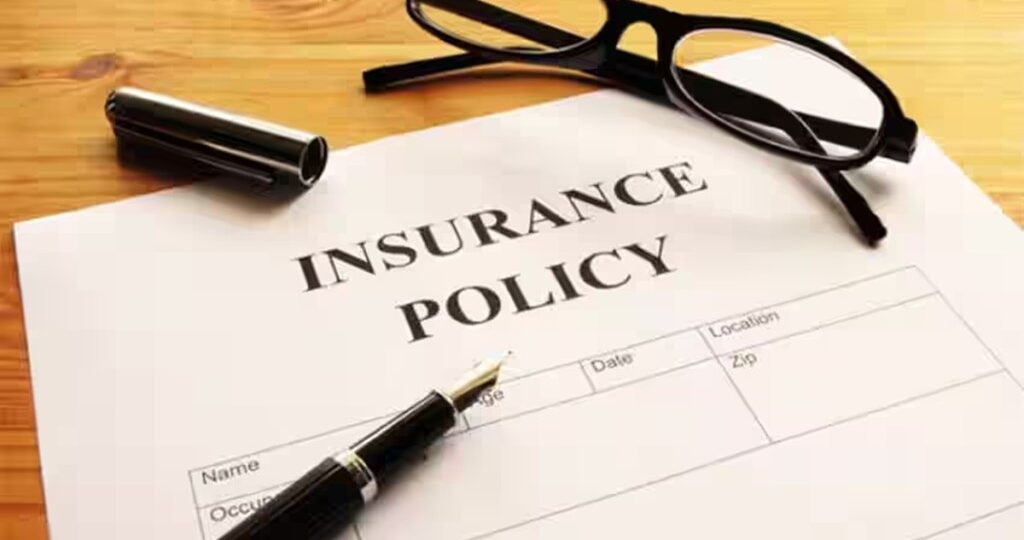Insurance Policy Limit Lookup: What It Is and How to Do It
October 22, 2025 | by IoT Development Company

Insurance Policy Limit Lookup, one of the most important but often overlooked concepts, is the policy limit. Understanding how to perform a policy limit lookup can mean the difference between being adequately covered (or compensated) and being exposed to unexpected losses.
This article walks through what a policy limit is, why you might need to look it up, and how you can go about doing so, step by step.
What is a Policy Limit?
A policy limit is the maximum amount an insurer will pay under a given coverage for a claim, as stated in the insurance contract. In other words, if you suffer a loss or someone sues you, the insurer’s payout is capped by the limit.
There are several types of limits you should know about:
Per occurrence limit: The maximum amount the insurer will pay for any one claim or occurrence.
Aggregate limit: The maximum amount the insurer will pay during a policy period for all claims combined.
Split limits: Common, especially in auto liability – these represent different maximums for bodily injury per person, bodily injury per accident, and property damage per accident (for example, “100/300/50”).
Umbrella or excess limits: These come into play when the primary policy’s limits are exhausted. They provide additional coverage above the primary policy’s limit.
Why does this matter? Because if your loss or liability exceeds the policy limit, then the surplus may fall to you (or you may have to negotiate with the claimant) instead of the insurer covering it.
Why Conduct an Insurance Policy Limit Lookup?
Insurance Policy Limit Lookup, there are several practical situations where knowing the policy limit—or discovering what policy limits an involved party has—becomes essential:
Claimants and plaintiffs: If you’ve been injured (such as in a car accident) and you’re suing or negotiating with the at-fault party, you’ll want to know how much insurance is available on their policy. If the limit is low, you might adjust your strategy (e.g., whether to settle, whether to pursue assets beyond insurance).
Defendants or insureds: If you are insured or might be sued, you want to know your available coverage so you have a full picture of your exposure and can decide if you need additional coverage (e.g., umbrella).
Legal & finance professionals: For attorneys, investigators, and others, knowing the limits is part of assessing the viability of a claim, negotiating a settlement, or deciding whether to proceed to litigation. Provided by specialist services.
Underwriting and renewal: For insurers or brokers reviewing policies, verifying existing limits is part of assessing risk.
Regulatory / disclosure: Some jurisdictions require disclosure of limits upon request. For example, in the U.S. state of Colorado, insurers must, within 30 days of receiving a request, provide the name of the insurer, the insured, and the liability limits of the automobile policy.
In short: a policy limit lookup gives you clearer visibility of “how much coverage is there?” — and that knowledge informs strategy, settlement decisions, risk management, and more.
How to Do a Insurance Policy Limit Lookup: Step-by-Step
Here is a structured approach you can follow:
1. Identify the policy you need to look up
Determine whose policy you’re interested in (your own, a third party’s, a corporate policy).
Acquire as much information as you can: name of insured, policy number (if known), insurer name, effective dates, type of policy (auto, homeowners, commercial liability, etc.).
If you are a third-party claimant and you don’t have full details, you may need to piece together what you can from accident reports, vehicle registrations, corporate filings, etc.
2. Check the documentation you already have
If you are the insured, look at your own policy’s Declarations Page (sometimes called the “dec sheet”). That is typically the first page of your policy and contains the limits of each coverage.
If you’re dealing with a claim against someone else, you might request from the other party or their insurer a copy of the declarations page, or ask their counsel/insurer for the limit disclosure (if permissible).
3. Demand disclosure (if needed)
In some jurisdictions and scenarios, you can send a formal written request to the insurer demanding disclosure of the policy limits. For example, the Massachusetts law cited in a personal injury firm’s blog provides that a letter can be sent under M.G.L. c. 175, § 112C to the insurer requesting the limits.
Be aware: the insurer may require proof of claim, or there may be procedural hurdles, and in many cases, they might not voluntarily disclose unless legally compelled.
4. Use a policy‐limit tracing service
If you are a legal professional or claimant and you don’t have sufficient information to obtain the policy directly, there are specialized vendors who trace policy existence and limits. For example, firms like ML Research Group provide “policy existence/limits” research.
These firms may charge a fee, and results may vary based on the information available. They sometimes include umbrella or excess policy searches.
5. Review and interpret the limits once you have them
Check the language: “per occurrence”, “aggregate”, “each person”, “each accident” – understand what each limit means in your context.
Compare the limit to the magnitude of the exposure (injuries, damages, property loss). If the exposure is higher than the limit, you may need to explore additional coverage (e.g., umbrella policy, other liable parties) or prepare to pursue the paid portion above the insurance.
Note any conditions, exclusions, or endorsements that reduce or limit coverage in certain circumstances.
If you’re insured, consider whether your limit is adequate relative to your asset base or risk profile.
6. Formulate a strategy based on what you learn
For a claimant: If you learn the other party’s policy limit is low, you may decide faster settlement is advisable, or you may need to investigate additional liability or assets.
For the insured: If you find your limit is inadequate, you may purchase higher limits or buy an umbrella policy to protect against severe claims.
For a lawyer/firm: Use your knowledge of limits to guide negotiation, letter writing, case value estimation, and settlement posture.
Practical Tips and Considerations
Act quickly: Finding limits early helps you craft a better strategy—for example, your demand letter or decision whether to litigate.
Don’t rely solely on verbal statements: Get written confirmation. Insurers can change positions; declarations pages are definitive.
Remember the policy date: Always ensure the policy you have corresponds to the date of loss. A limit lookup is only meaningful if it covers the incident date.
Check for excess/umbrella layers: Sometimes the primary policy limit is modest, but a higher umbrella policy exists. Missing this can undervalue the available coverage.
Be aware of jurisdictional rules: Some states have specific laws governing disclosure of limits (e.g., Colorado’s auto insurance limit disclosure regulation).
Consider cost vs benefit: Using a tracing service costs money; weigh whether you’re likely to obtain value above the cost.
Think beyond insurance: If limits are insufficient, investigation of personal assets or business exposures may be necessary for full recourse.
Understand your policy terms: Higher limits often mean higher premiums. As you increase your limit, you may pay more—but you also reduce potential out-of-pocket exposure.
Common Scenarios
Motor vehicle accident: You are injured by a driver whose policy you don’t know. You request that the insurer disclose the liability limits (or hire a tracing service). You compare the limit to your damages and decide how to proceed.
Business liability claim: A company is being sued for a product defect. You need to know the company’s liability policy limit to assess settlement viability and whether additional carriers (umbrella/excess) may exist.
Homeowner’s liability exposure: You have a standard homeowners policy, but substantial assets. You examine your personal liability limit and realize you may be underinsured, so you purchase an umbrella policy with higher limits.
Cross‐border/international context: Insurance practices and disclosure rules vary by country; what works in one jurisdiction may not work in another (so local legal advice is important).
Summary
Conducting an insurance policy limit lookup is a fundamental step in many risk-management, claims, and legal strategies. It gives you visibility into how much coverage there is—whether you’re claiming against someone else, defending a liability, or assessing your own insurance adequacy.
By understanding what policy limits are, why they matter, and how to locate and interpret them, you will be better positioned to make informed decisions—whether that means pursuing settlement, obtaining higher coverage, or devising a litigation strategy.
RELATED POSTS
View all



